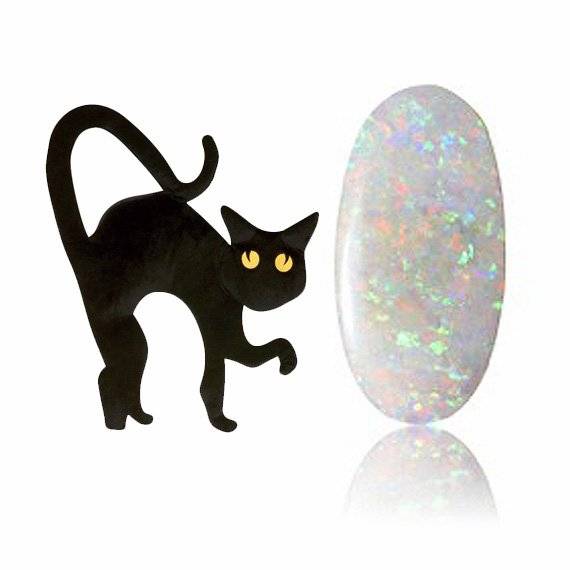Are Opals Bad Luck?

The opal is one of the most controversial gemstones in history. For hundreds of years, the opal has been unfairly berated as a harbinger of bad luck and there are many old wives' tales about its purported evil qualities. But if you ask us, the opal is one of the best and luckiest of gemstones. If they bring bad luck, how do you account for the success we have enjoyed cutting and selling opals for the past 40 years? How do you explain the success of so many opal miners who have made fortunes from these stones and are now living prosperous lives?
How the Opal Came to Be Vilified
We are living in an age of science and reason so superstitions concerning the opal have more or less disappeared. But, when it comes to opals, some of that old stigma exists even now.
Historically, gemstones were valued for their brilliance and the magical qualities they were said to possess. They were used as a remedy for all sorts of afflictions like baldness, impotence, alcoholism and more. Some precious stones like the emerald were thought to increase intelligence, while rubies were a defense against misfortune. But the poor opal was vilified as a companion of sorcerers and witches, who used the gemstone to cast curses on other people and bring death. The brilliance that should have been hailed, was compared to the eyes of cats, snakes and toads, who were said to be the devil's familiars.
Jewelers were especially averse to the opal because it is a fragile stone and may break if it is mistreated. So they did not like to work on an opal since it could fracture and they would have to pay the owner for the losses. Diamond merchants were also responsible for the notoriety that the stone acquired. When the diamond merchants came to see that high quality opal was being mined in Australia and it was flooding the market, they saw it as a threat to their hegemony of the gemstone business.
The Opal was Valued in Antiquity
Did you know that the ancient Romans prized opals? It was considered as a symbol of good luck and Caesars even gave them to their wives for good fortune. The opal was second only to the emerald, in terms of value. The Romans even carried opals on their person as a good luck talisman, because it was thought be a manifestation of the rainbow. One Roman senator named Nonius was even sent to exile when he refused to give Marc Anthony his precious opal, who wanted to present it to Cleopatra. The early Greeks credited the opal with bestowing the power of prophesy and foresight on the wearer.
In the Middle Ages, the opal came to be called the eye stone, because it was said to impart good eyesight to the wearer. Women with blonde hair even wore opal necklaces because it was thought that it would help them maintain the colour of their hair. So you see, opals are not bad luck at all.


